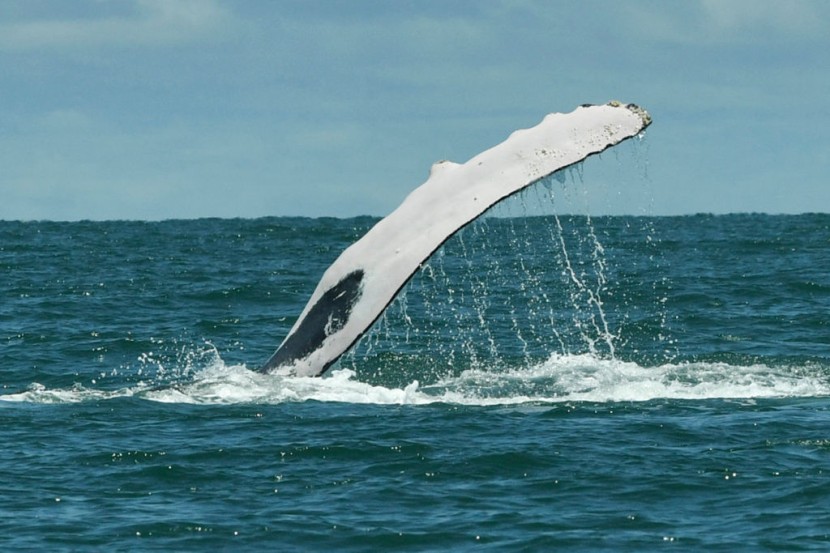
Whale songs produced by the Humpbacks have a distinct similarity in the oceanic expanse of an amazing 9000 miles away. These cetacean songs are reverberating in the South Pacific Ocean from end to end, noted a new study on the phenomena.
Humpback Whale Songs
From the eastern coast of Australia to French Polynesia and the breeding grounds off Ecuador, a distance of 14,000 kilometers, humpback whales were heard singing the same song, reported Science Alert.
Most of the time, the males of the species sing these complex, jazz-like mating songs. Particularly among these cetaceans, various groups produce distinct vocalizations reaching 9,000 miles.
It featured characteristic themes included in each song done by them. But once in a while, a breeding population will encounter a "renaissance" in singing where all of the themes the males sing are changed by fresh ones. Why these whales do this kind of thing is unclear, but some of these changes are seen as popular hits by these cetaceans.
At the turn of the century, scientists noticed the same phenomenon that happened to this whale species. They discovered that a particular vocalization was becoming popular for whales from the western Australian coast to the east coast, citing Nature.
Years later, this song was recorded by breeding whales close to French Polynesia singing the same theme, which originated from the east coast of Australia nearly 6,000 kilometers apart, noted Cell.
Studies reveal the dissemination of vocalized themes of whale songs from humpbacks from different parts of the world's oceanic distances that could even reach 8,000 kilometers.
Whale Song Evolution
The scientists monitored the spread of the song revolution from French Polynesia to South America from 2016 to 2018.
According to researchers, this data shows that songs first heard in western populations can spread throughout the entire South Pacific. It demonstrates that whales have the same ability to learn songs and have a vocal range similar to that of humans.
However, there is no proof that cetacean songs can travel across the Indian Ocean and back to the Australian coast. Early research suggests that songs may have been transmitted from the Brazilian coast to Southern Africa, but there is no proof of this.
The original song may have changed by the time it returned to the source when other populations adopted it. Therefore, this whale species evolves its original vocalization over time and distance.
Study authors remark that humpback song is like songbirds but differs in the aspect of social learning and cultural innovations in animals to humans. Although it is unknown how these songs are spread among their populations, theories abound.
There are numerous speculations about the whales from French Polynesia migrating to Ecuador during the summer, whether they are searching for food or acquiring the songs en route during their migrations across the Pacific.
Even in the summer, male whales sing while migrating as a practice for the breeding season. Some might spread because other whales can hear them.
According to The Royal Society, scientists believe that traveling in groups or as individuals across the seas is how songs adapt and change with each yearly migration.
Researchers in Australia are investigating this whale culture phenom and looking at the evidence to reach an acceptable hypothesis. How whale songs, especially the Humpbacks, get to be heard about 9,000 miles away is under investigation, but it's complex as humans are not simple to reach a hypothesis.
Related Article : US Navy Dolphins Strapped With Cameras Reveal What They Do Underwater
© 2025 HNGN, All rights reserved. Do not reproduce without permission.








